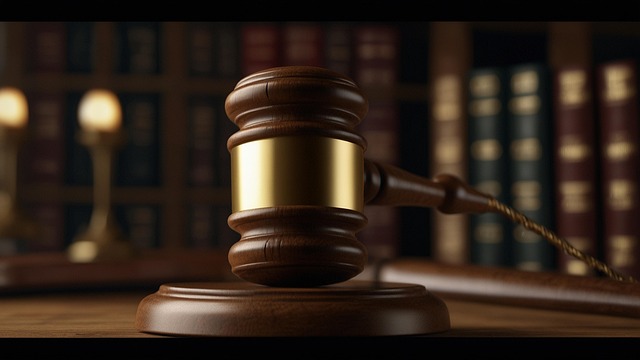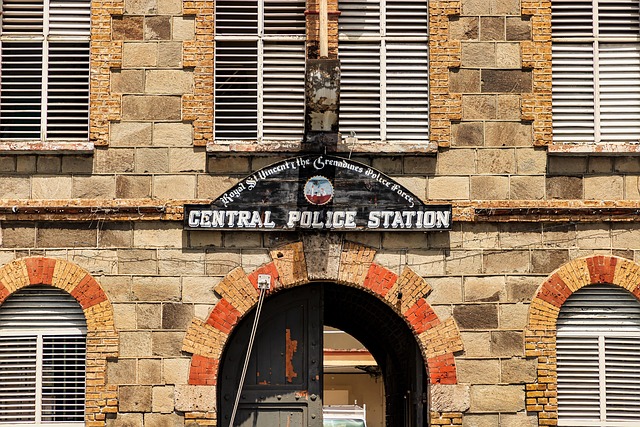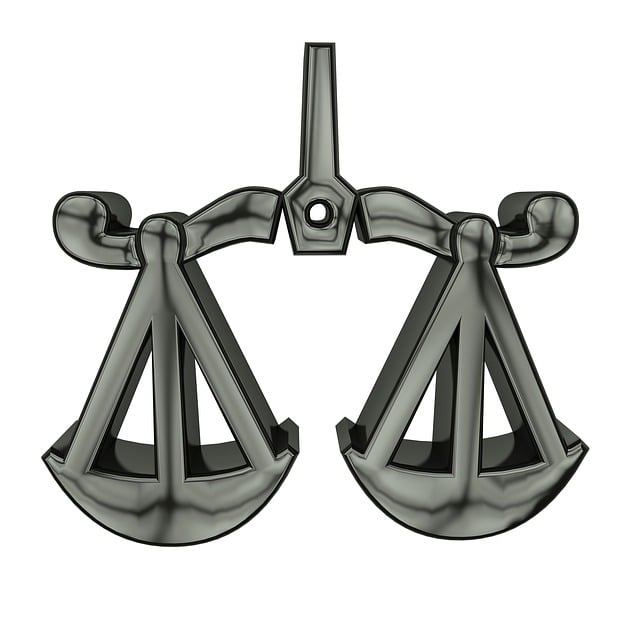Fraudulent financial cases rely on witness testimony, making strategies to contest credibility crucial. Lawyers use cross-examination and document verification to expose inconsistencies, biases, and falsifications. In-depth background checks, analysis of financial records, and expert testimony challenge witnesses' reliability, ensuring fair trials and exposing fraudulent activities. These tactics are vital for navigating complex white-collar defense cases.
Fraudulent financial practices pose significant challenges in the business and legal spheres, demanding a comprehensive understanding of detection and defense mechanisms. This article delves into crucial aspects of navigating financial fraud, offering insights on identifying common schemes, analyzing records for red flags, and examining witness testimony through advanced cross-examination techniques.
We explore document analysis as a tool for credibility assessment and present effective legal strategies to challenge witness credibility in trials, empowering professionals with essential tools to combat fraudulent activities.
- Understanding Common Fraudulent Schemes
- Identifying Red Flags in Financial Records
- Witness Testimony: Cross-Examination Techniques
- Document Analysis for Credibility Assessment
- Legal Strategies to Challenge Testimony
Understanding Common Fraudulent Schemes

Fraudulent financial practices often employ sophisticated strategies that can be challenging to uncover. Understanding common schemes is a crucial step in combating this issue. One prevalent method involves identity theft, where criminals steal personal information to impersonate individuals and gain unauthorized access to their financial accounts. Another scheme is investment fraud, where false promises of high returns lure investors into providing funds for illicit purposes. Ponzi schemes, named after Charles Ponzi, are also prevalent; these involve paying early investors with money from new investors, creating the illusion of profitability.
To effectively contest witness credibility during trials, it’s essential to employ strategies that validate the integrity and reliability of evidence. In all stages of the investigative and enforcement process, legal professionals must scrutinize the background and motivations of witnesses. Cross-examination can expose inconsistencies or biases, while document verification ensures the authenticity of statements. By leveraging these methods, respective businesses can navigate complex cases, avoid indictment, and protect their interests from fraudulent activities.
Identifying Red Flags in Financial Records

When examining financial records, there are several red flags that can indicate fraudulent practices. Anomalies in accounting entries, such as irregular transactions or unusual spending patterns, warrant further investigation. It’s crucial to compare these against industry standards and the respective business’s historical data. Look for inconsistencies in documentation, such as missing or altered documents, which may signal tampering.
In high-stakes cases involving white collar defense, strategies to contest witness credibility are essential. This includes cross-examining witnesses about their motives, biases, and the accuracy of their recollections. The use of expert testimony and forensic analysis can also help uncover discrepancies that might otherwise go unnoticed. By employing these tactics, legal professionals can expose false narratives and ensure a more accurate representation of financial activities, particularly in complex business environments.
Witness Testimony: Cross-Examination Techniques

In trials involving fraudulent financial practices, witness testimony is often pivotal. Cross-examination plays a crucial role in strategies to contest witness credibility. Skilled attorneys employ various techniques to scrutinize testimonies and expose inconsistencies or biases. This involves delving into the witness’s background, past statements, and motives—for his clients—to achieve extraordinary results in cases of white collar and economic crimes.
During cross-examination, lawyers may challenge the accuracy of memories, question the reliability of observations, and explore potential pressures or incentives that could influence the witness’s account. By doing so, they aim to disrupt the narrative presented by the prosecution, sowing seeds of doubt in the jury’s minds. These tactics require a deep understanding of legal procedures and an ability to navigate complex financial fraud cases, ultimately aiming for just verdicts.
Document Analysis for Credibility Assessment

In the realm of financial trials, especially those involving white collar and economic crimes, document analysis plays a pivotal role in assessing witness credibility. Lawyers employing general criminal defense strategies can leverage thorough document examination to uncover discrepancies and weaknesses in prosecution evidence. By scrutinizing financial records, contracts, and correspondence, legal professionals can challenge the authenticity of statements made by witnesses, aiming for a complete dismissal of all charges. This process involves comparing documented facts with witness testimonies, identifying inconsistencies, and presenting these findings as strategic defenses.
Effective strategies to contest witness credibility in trials often hinge on intricate document analysis. Legal experts navigate complex financial landscapes, interpreting documents to expose potential manipulation or falsification. This meticulous approach not only strengthens the defense’s case but also ensures a fair trial by subjecting prosecution evidence to rigorous scrutiny. In the end, it helps to clarify the truth, especially in cases where witness reliability is questionable, and white collar crimes are concerned.
Legal Strategies to Challenge Testimony

In any legal battle involving fraudulent financial practices, questioning witness credibility is a vital strategy to challenge the prosecution’s case. Legal professionals can employ various tactics to assess and undermine the trustworthiness of testimonies. One effective approach is to delve into the witness’s background, examining their financial records, professional history, and potential biases. By uncovering discrepancies or conflicts of interest, lawyers can cast doubt on the reliability of the evidence presented. For instance, revealing a witness’s history of involvement in similar fraudulent schemes may significantly impact their credibility.
Moreover, cross-examination plays a crucial role in challenging testimonies. Attorneys can employ strategies such as asking specific questions about dates, amounts, and details related to financial transactions. Inconsistencies or vague answers can weaken the witness’s position. Additionally, presenting contradictory evidence or expert testimony can further undermine their claims. Achieving extraordinary results in these cases often relies on meticulous preparation, a deep understanding of the law, and achieving clarity for the jury regarding the witness’s motivations and potential biases, especially within philanthropic and political communities.
In addressing fraudulent financial practices, understanding common schemes and identifying red flags in records are foundational. Effective cross-examination techniques during witness testimony and meticulous document analysis significantly enhance credibility assessment. Additionally, employing legal strategies to challenge testimony is vital for contests rooted in fact and evidence. By leveraging these strategies, individuals and organizations can better protect themselves against financial fraud and ensure justice in trials, ultimately fostering a more transparent and secure economic landscape.






